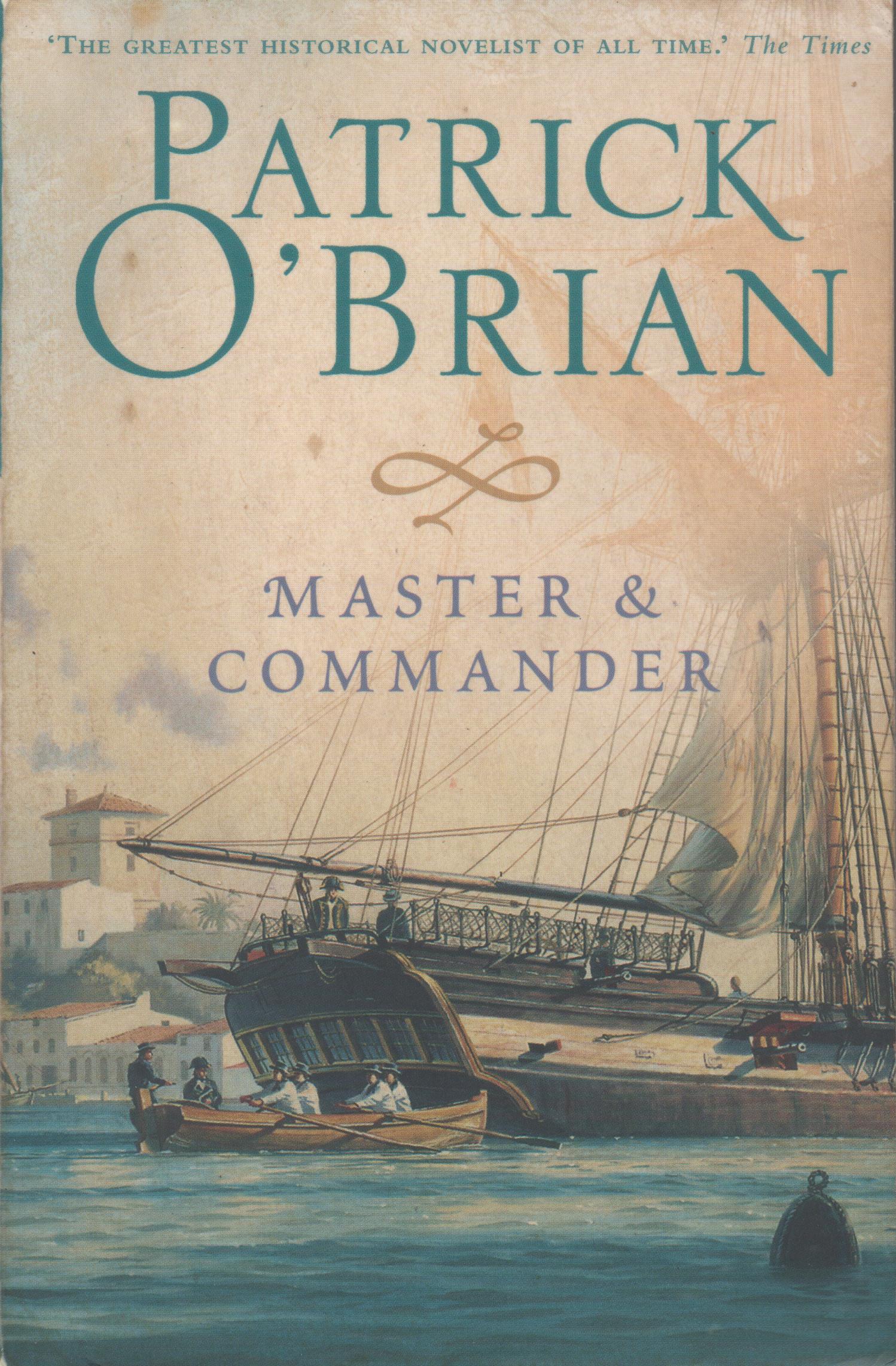Suketu Mehta's MAXIMUM CITY
Review by Dennis D. McDonald
There is a scene at the end of an old science fiction movie, Crack in the World, when a city sized portion of the earth’s mantle, having been surrounded by a huge advancing series of earthquake-induced fissures, blows itself into space in one titanic explosion. The blast relieves vast bottled up underground volcanic pressure. It also creates a new moon in orbit around the earth.
I was reminded of these images while reading this book. Bombay (Mumbai) is the “Maximum City” and is the most populous city in the world.
After reading this book’s 500+ pages, the image I saw in my mind was a bursting-at-the-seams Bombay eventually leaving the earth and becoming its own world in orbit around the Earth, forever connected, forever apart.
The author, a Western educated writer who returns with his young family after 21 years away from Bombay, starts the book with a history of Bombay and some of its more unusual social and cultural aspects, such as its legacy of tenants’ rights that has stultified development and maintenance of the city’s vast population of rental units. Then he describes his experiences in re-acclimating himself to the city as he learns how to negotiate the day to day trials and tribulations of finding living quarters, a school for his children, places to eat, and places to work. He quickly shows that he is no longer in New York as he learns the local rules about plumbing, parking places, and electrical wiring.
Then he delves into a series of sensitive, detailed, enlightening, horrifying, and absolutely fascinating series of stories about the people he meets and how they relate to Bombay. Topics covered include:
- The early-1990’s Muslim-Hindu riots and their continued ramifications.
- Law enforcement, corruption, and India’s most famous cop.
- Organized crime, crime lords, and political corruption.
- Murder for hire as a way of life.
- Dysfunctional court and prison systems.
- Houses of prostitution.
- Neighborhood restaurants.
- Street vendors.
- Bar girls — and one in particular.
- Another bar girl — who is really a man.
- Movie financing and movie production - India style.
- A young poet from Bihar and his life on the street.
- A family moves from the slum to a middle class housing development.
- Visiting the old school where the author was regularly beaten as a child.
- The author takes his son to a shrine.
- As an act of religious devotion, a diamond merchant and his family give away their worldly goods and, as beggars, set out on foot to seek enlightenment.
The author’s writing style is clear and never flamboyant. He convey a sense of the richness of contrasts that Bombay harbors in terms of crime, kindness, squalor, luxury, poverty, hunger, and beauty.
In Bombay, according to this book, all these things exist side by side. They are not balanced, they just are. This book succeeds in showing that, at least in terms of the people who live in Bombay, “size matters,” since just about every aspect of human existence, good or bad, finds an expression and a sense of community.
An added attraction is the chapter devoted to the author’s work on the movie Mission Kashmir. The insights into the construction of this violent and politically sensitive film is fascinating to read.


